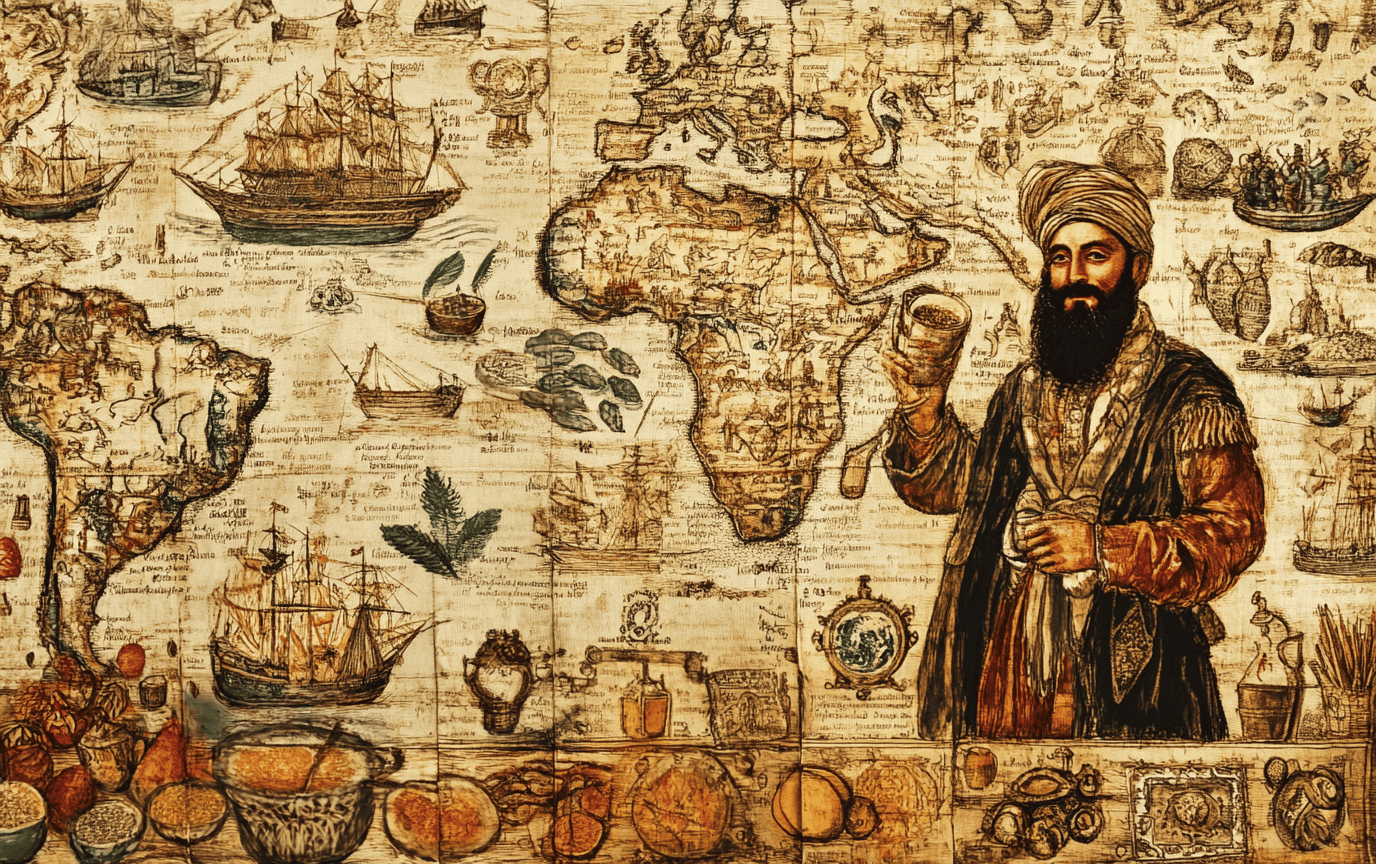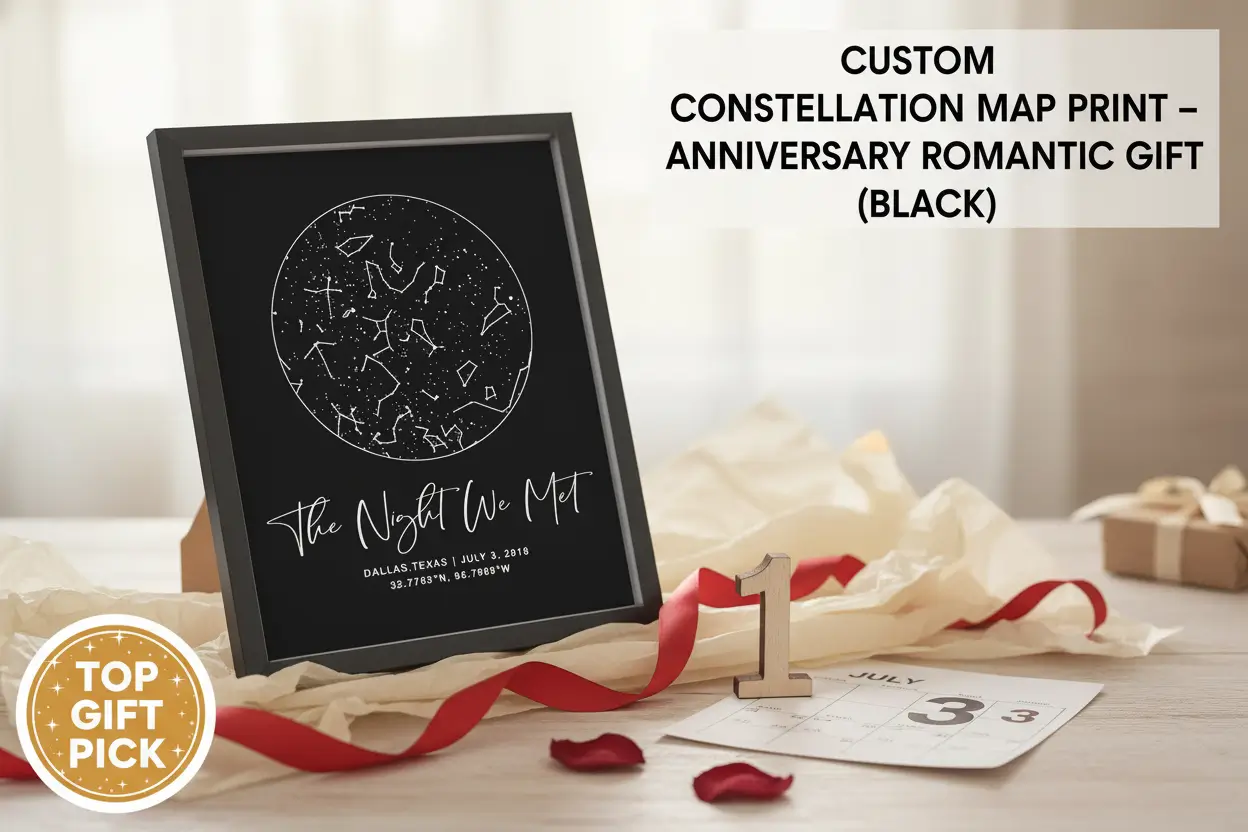Global Spice Routes: A Culinary Journey Through History
Embarking on a journey through the global spice routes is akin to unraveling a rich tapestry of history, culture, and culinary innovation. These ancient pathways, which spanned thousands of miles, were not just routes for trade; they were a vibrant exchange of goods, ideas, and flavors that have significantly shaped our world today. Imagine the bustling markets of ancient civilizations, where traders vocalized tales of exquisite spices, each with a story steeped in intrigue and adventure.
Ancient Origins and the Silk Road
The spice trade has roots that go deep into antiquity. Spices like cinnamon, pepper, and ginger were valued not only for their fiery flavor but also for their medicinal properties and ritual significance. The legendary Silk Road, a complex web of trade routes connecting China to the Mediterranean, became the stage for this aromatic exchange. Arab merchants emerged as the unsung heroes of this saga, acting as intermediaries. Their camels laden with spices traversed deserts, bringing treasures to the West, as illustrated by tales of traders like Ibn Battuta, whose journeys inspired countless others.
“It was more than just spices,” whispered an aging trader, his eyes glistening with nostalgia. “We exchanged stories, dreams, and cultures.”
The Age of Exploration and Maritime Routes
The Age of Exploration marked a pivotal turning point in the spice trade. European powers, most notably Portugal, embarked on audacious quests to bypass the Middle Eastern monopoly on spice trade. It was a time when ambition soared as high as the sails of ships navigating the turbulent seas. Vasco da Gama’s historic voyage around the Cape of Good Hope in 1498 unraveled new trade routes, giving Europeans unprecedented access to the fragrant treasures of Asia.
These maritime routes sparked a fierce competition. Spain and the Netherlands became formidable rivals, eager to stake their claims on the bountiful spice islands. The islands, laden with spices, became golden eggs eagerly pursued by ambitious explorers who risked it all for a taste of wealth.
“The spices are our future,” a young sailor proclaimed, his voice brimming with hope as they anchored near the spice-laden shores of the Moluccas.
Cultural Exchange and Culinary Impact
Yet the spices carried more than just flavor; they enriched the culinary practices and societal norms across continents. The exchange was twofold. While spices traveled east to west, so did techniques, traditions, and ideas. European cuisines, once bland and unremarkable, began to transform. The introduction of spices like cinnamon and nutmeg set European kitchens ablaze with new flavors.
Imagine a European noblewoman, her grand kitchen bustling with activity as her chefs experimented. Cinnamon began to mingle in pies and pastries, delighting her guests during elaborate feasts. Meanwhile, nutmeg found its way into savory stews and sweet desserts, symbolizing both luxury and innovation.
The Spice Islands and the Manila Galleon
The Spice Islands, notably the Banda Islands, held the exclusive rights to produce cloves and nutmeg—valued more than gold in certain circles. European explorers, driven by dream and desire, flocked to these islands, each hoping to seize control of the spice trade.
Simultaneously, the Manila Galleon trade route emerged, weaving connections between Asia, the Americas, and Europe—a global network that would redefine trade for centuries. Ships laden down with spices set sail once a year from Manila to Acapulco, spreading the allure of spices throughout the world.
Modern Culinary Legacy
Today, the legacy of the spice routes resonates through every dish we savor, manifesting in aromas that transport us through time. From the fiery chillies in Mexican kitchens to the fragrant cardamom in aromatic Indian curries, spices remain central to culinary arts globally. The artistry of blending spices is a cherished tradition, passed through generations, whispering stories of places far and wide.
Close your eyes and picture a bustling spice market: merchants shouting their prices, the air thick with the scents of pepper and saffron. The colors of vibrantly packaged spices catch the light, compelling you to explore their flavors.
“Try this,” beckons an eager merchant, offering you a pinch of sumac. You taste its citrusy flair—it’s an experience that evokes memories of distant lands and culinary adventures.
Conclusion: A Tapestry of Taste and Tales
In the grand tapestry of history, the global spice routes represent far more than trade pathways; they symbolize a journey of cultural exchange, culinary evolution, and profound historical significance. These routes remind us that behind each flavorful bite lies a narrative of connection and creativity, a legacy crafted by the hands of countless individuals across centuries.
So, as travelers and culinary enthusiasts, may we continue to celebrate these flavors and the rich histories they embody. Let us honor the past while savoring the present—a journey through spices undoubtedly evokes our shared human experience of adventure, creativity, and passion.
Want to stay updated on the latest travel tips? Check out our Travel Tips section. Looking for lifestyle inspiration? Explore our Lifestyle category, and discover amazing destinations here. Don’t miss our culinary explorations on YouTube, and follow our adventures on Instagram and Pinterest.













